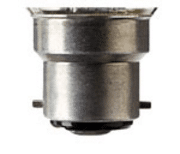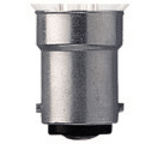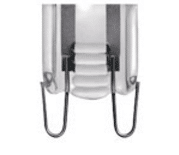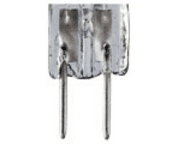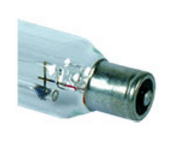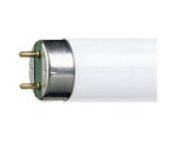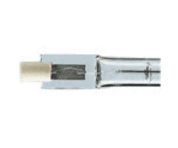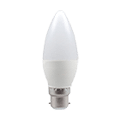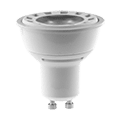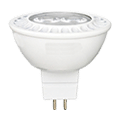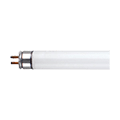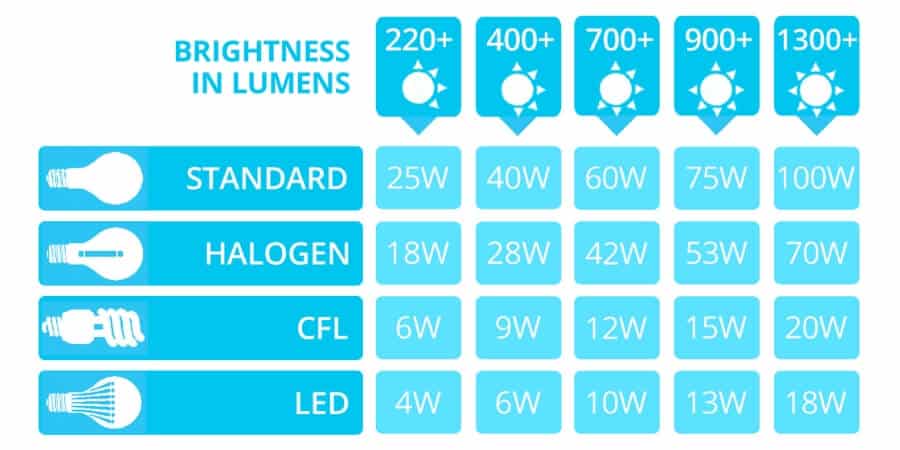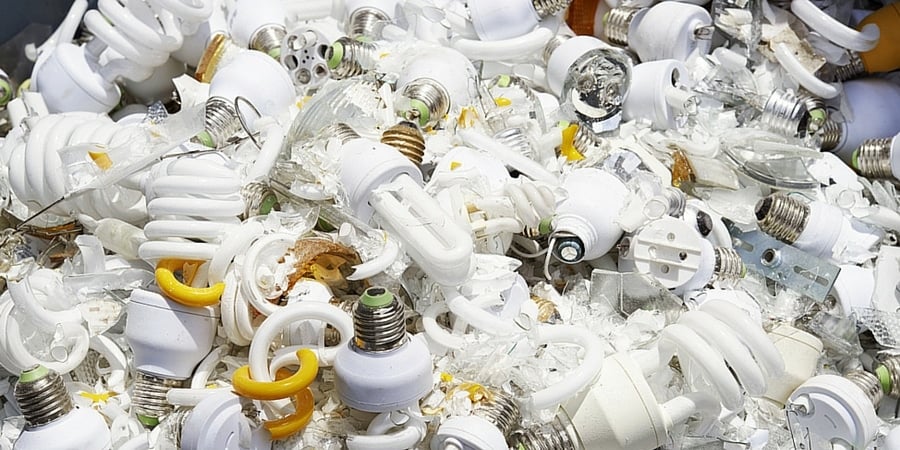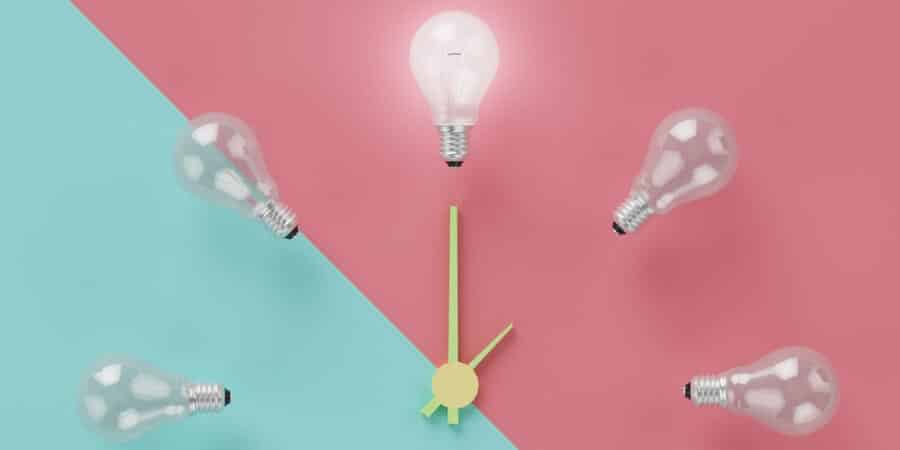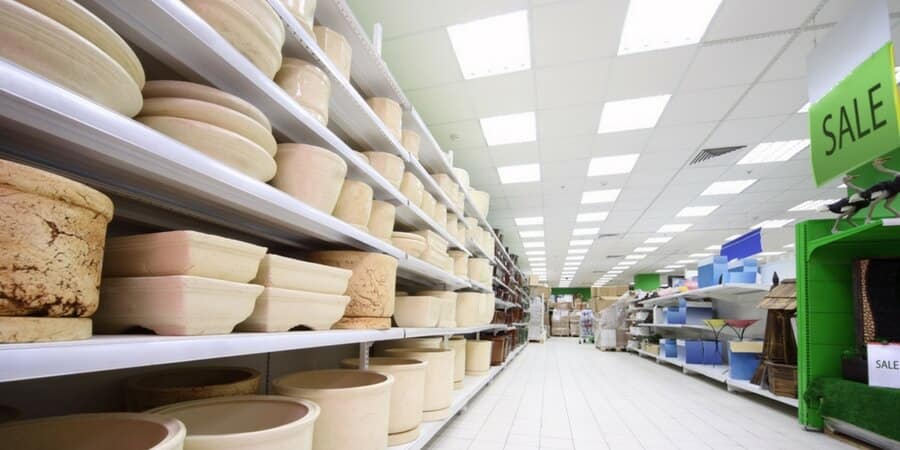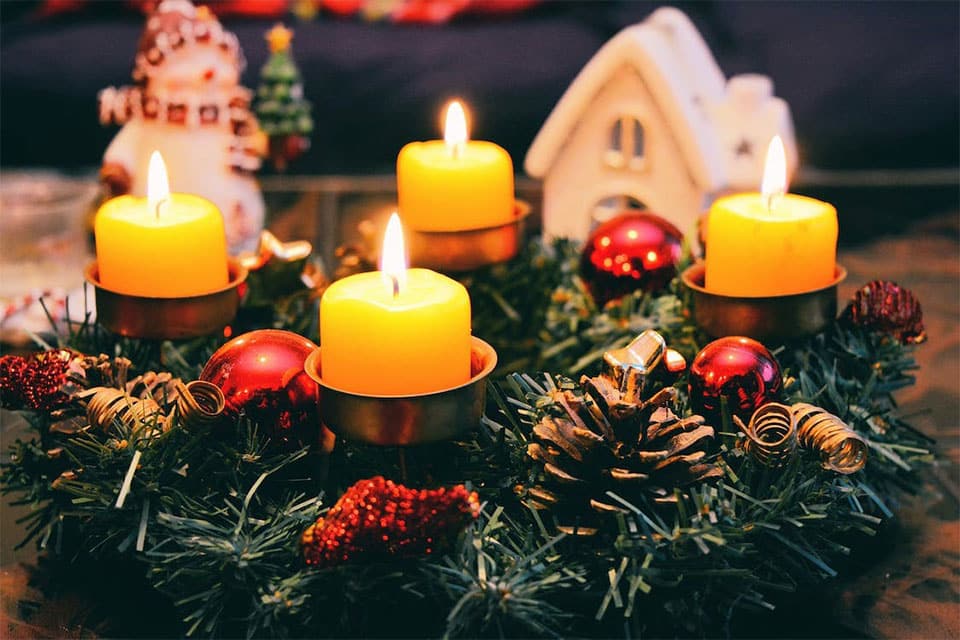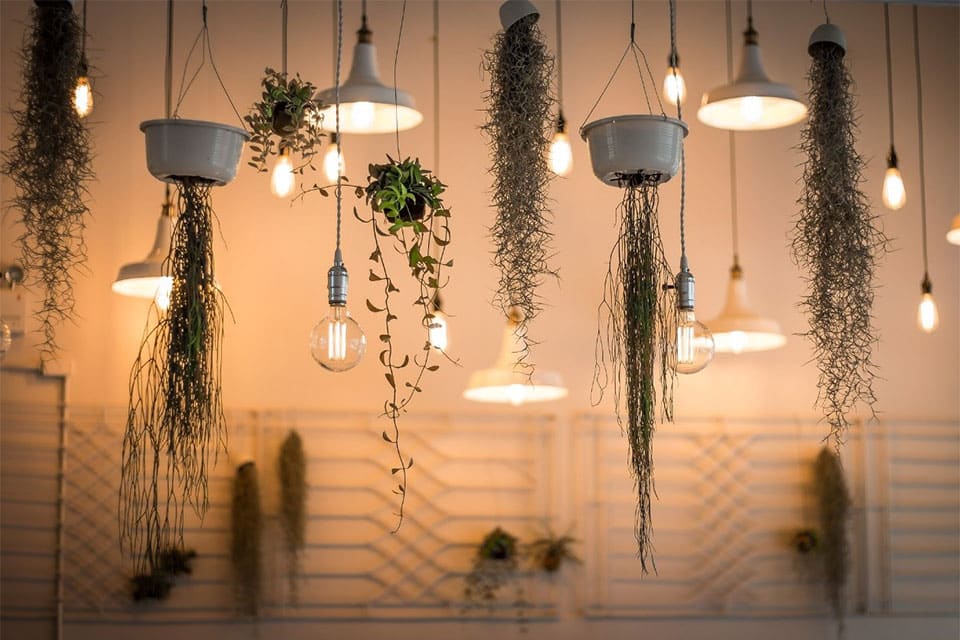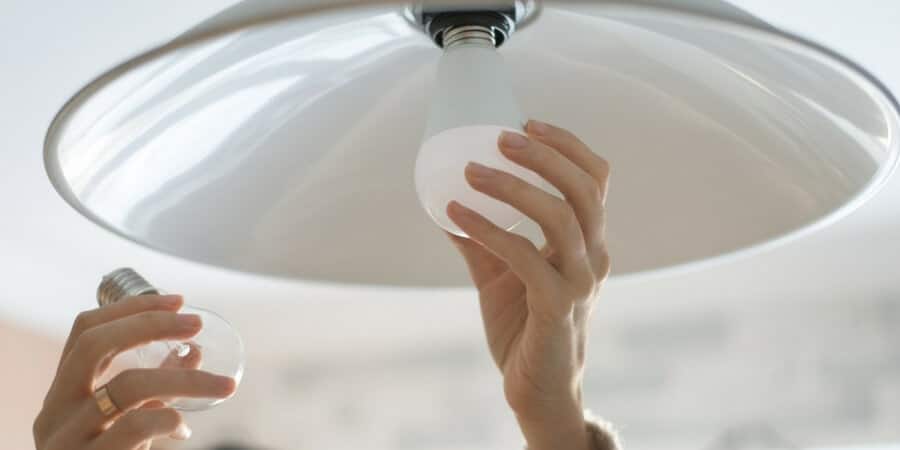When it comes to embracing new technology, businesses owners often feel hesitant to take the plunge and upgrade. Sometimes, there are good reasons to be reluctant:
- The upfront cost can be more expensive than what you’re used to paying
- The products are unproven in the market in the early stages
- The specifications may not be quite right for your business
- The options and features you desire aren’t available yet
- The current product you’re using is more than sufficient
There are myriad reasons to stick with your current set up, especially when you’re happy with what you have and you don’t feel a pressing need to make a change. However, with LED lighting upgrades, making the switch isn’t so much a matter of if you’ll change, but when. We’ve already looked at why you should switch, but now we will answer when you should upgrade your business to LED lighting.
Option 1: Upgrading right now
There’s no time like the present to start looking at your options when it comes to LEDs and energy efficient lighting design, especially if your electrical bill is high or you’re unhappy with your current lighting plan. Here’s how to get started:
- Discuss lighting options with your team. Talk about what’s possible, what’s necessary, and what does and doesn’t make sense for your business:
- Do your employees need better task lighting? Bright, white lighting at their desks and other task-oriented stations will help them see what they are doing and stay focused.
- Could your shop displays use improved illumination? LEDs are highly directional, making the light easy to control and adjust. Their beam also doesn’t give off any heat, making them ideal for displaying even heat-sensitive products. Plus, they are available in a wide array of colour temperatures and brightness levels, so it’s easy to find something that suits your store’s needs.
LEARN MORE ABOUT HOW LIGHTING IMPACTS CONSUMER BEHAVIOUR
- Is your warehouse underlit or too bright and full of shadows? Thanks to their low energy use, you can have more LED light bulbs at less cost, making it easier to space out the lumens and create an even layer of lighting that doesn’t cause harsh shadows or headaches, and doesn’t make it harder to see.
- Do you waste a lot of man hours changing light bulbs? LEDs are notoriously long-lived, saving you the hassle of replacing them regularly.
- Are your energy expenses high? The sooner you upgrade to LEDs, the sooner you’ll start seeing a reduction in your energy consumption and costs.
LEARN HOW TO REDUCE COMMERCIAL ENERGY CONSUMPTION WITH EFFICIENT LIGHTING
- Reach out to lighting experts to learn more about lighting retrofits and get quotes.
- Vet LED light bulbs to see which ones you like and which ones you don’t—there are lots of brands, colour temperatures, and lumen levels to decide between.
- Select the type of LEDs you want and that work with your current setup and budget.
- Investigate any government reliefs and tax exemptions that your business may qualify for to help mitigate the upfront cost of LEDs.
If you do decide to upgrade immediately, be sure to dispose of your old light bulbs responsibly—especially fluorescents and compact fluorescents (CFLs), which contain mercury and need to be disposed of with hazardous waste.
SHOW ME HOW TO DISPOSE OF LIGHT BULBS SAFELY AND RESPONSIBLY
Option 2: Upgrading in the near future
Do you still have a lot of incandescent or fluorescent light bulbs in supply in your storeroom? Even if you don’t want to fully commit to LED lighting upgrades just yet, it’s time to start making a plan for the day your stock runs out and you can’t reorder your go-to light bulbs. You don’t want to get stuck with the first available option—researching your new bulbs ahead of time ensures that the light bulbs you select are well-suited to the tasks your employees need to complete, and that your new energy efficient lighting design will replicate or even improve upon the lighting currently in place.
The process of selecting LED bulbs needn’t feel like a daunting task. While there are some differences between LEDs and other types of light bulbs, LED lighting retrofits are very straightforward, and much of what matters when it comes to choosing light bulbs is the same. There are four simple steps you can follow to find the light bulb you’re looking for:
2. Select the style of LED light bulb you want.
3. Select the lumen level (how bright you need it to be).
4. Choose your correlated colour temperature (CCT).
Option 3: Waiting for your old light bulbs to burn out
If your current bulbs are starting to burn out, it’s definitely time to start upgrading to LEDs. Waiting until your bulbs burn out is a slower process, but replacing the bulbs this way offers a few advantages:
- You can take the opportunity to test out different light bulbs before you fully commit to a correlated colour temperature and lumen level you’re not sure about.
- You can lower the upfront cost of your replacement bulbs.
Option 4: When you can no longer buy the light bulbs you currently favour
If your current supply is dwindling, stores are no longer carrying your light bulb of choice, and you’ve put off selecting an LED replacement, the time has come—you are officially unable to put off upgrading. There’s no avoiding it any longer—you’ll have to embrace either the “replace them all now” or “replace them gradually as your bulbs burn out” approach to upgrading your lighting. You can save yourself time and stress by doing some research before your favourite bulbs burn out so that you know what LED lighting upgrades are ideal for your business. If you’ve left it a little too late, our lighting experts can help you find the right bulbs.
Conclusion
There are a few different tacks you can take when upgrading to energy efficient lighting design, but ultimately, when to switch to LEDs will depend on what timeline is best for you and your business:
- As soon as possible
- In the near future, but start planning now
- Slowly as your current light bulbs burn out
- When you have no other alternative
HELP ME PLAN MY BUSINESS’S LIGHTING DESIGN
Read More
Keep reading to learn everything you need to know about installing or upgrading to energy efficient lighting.


